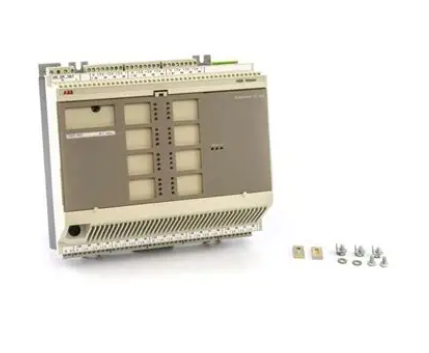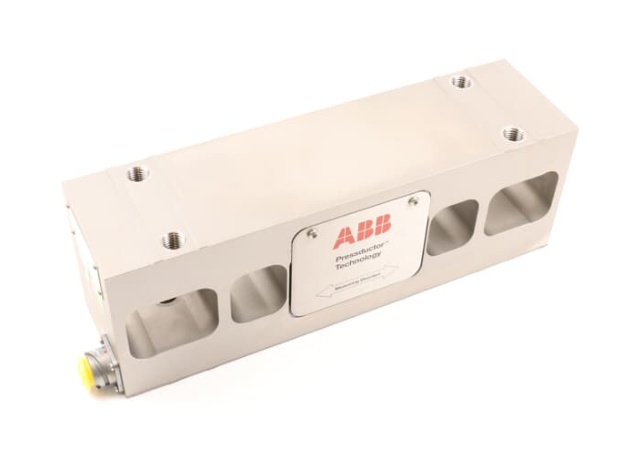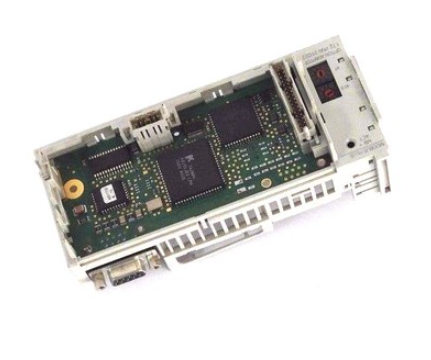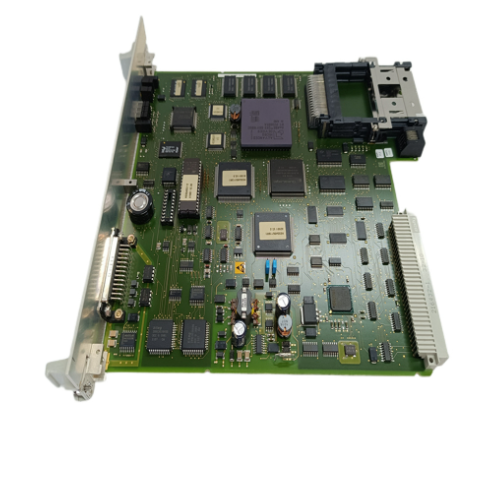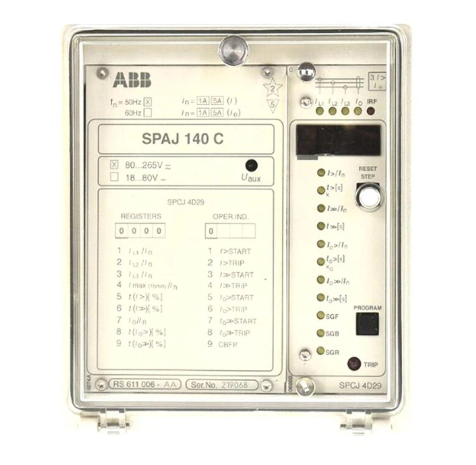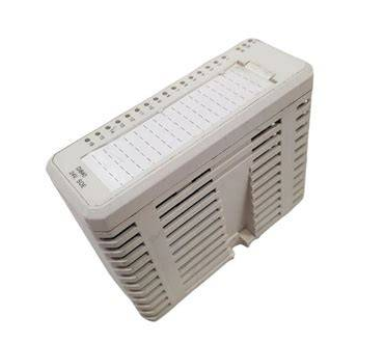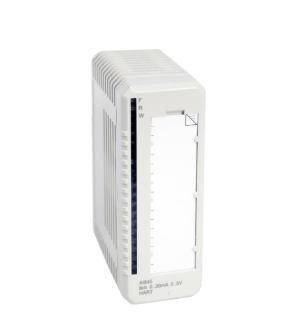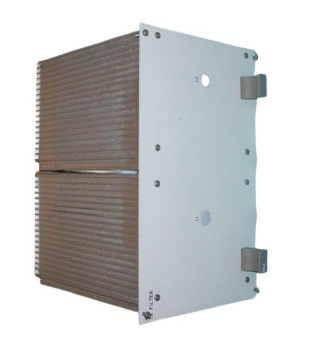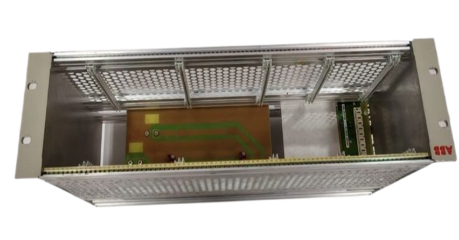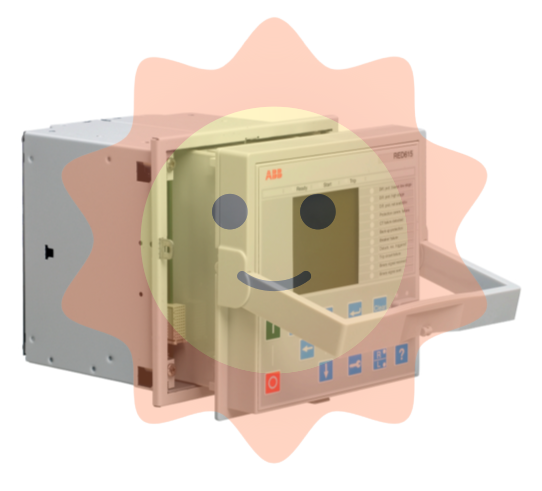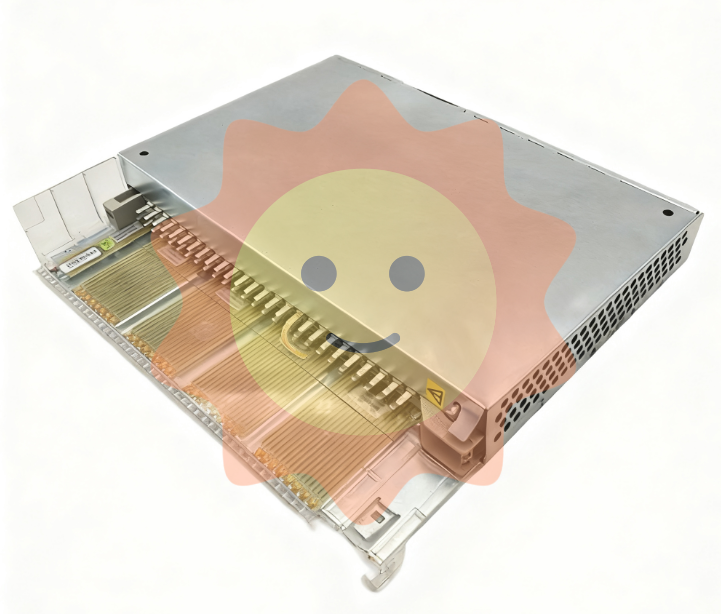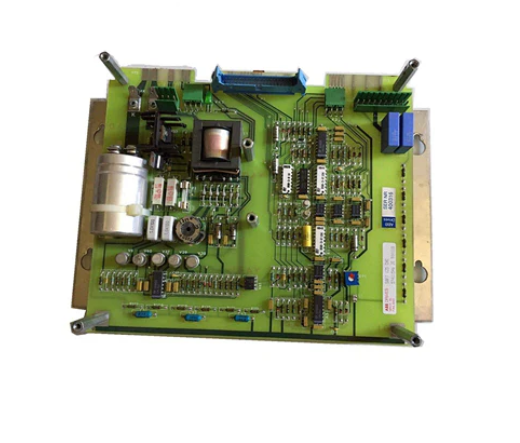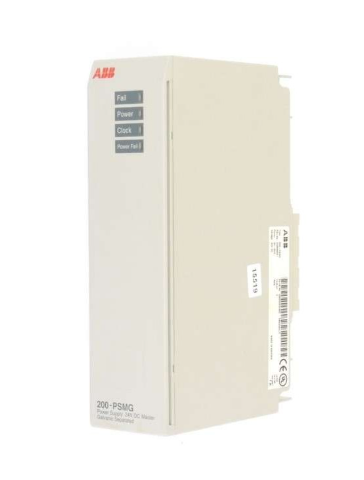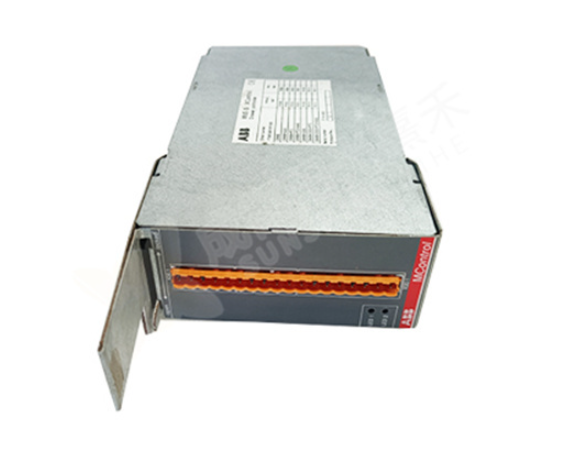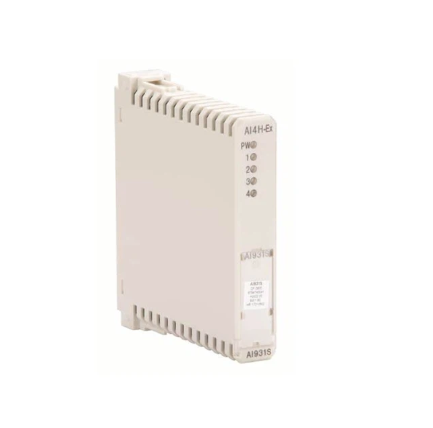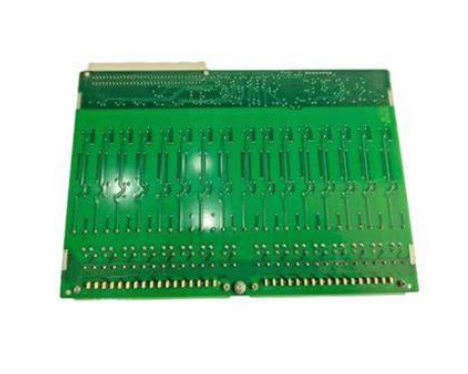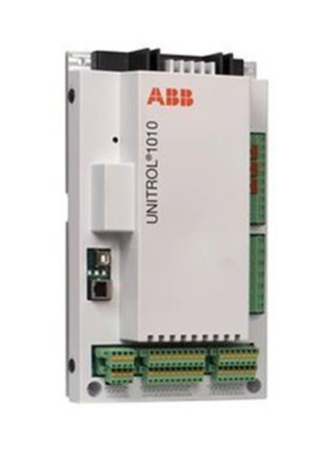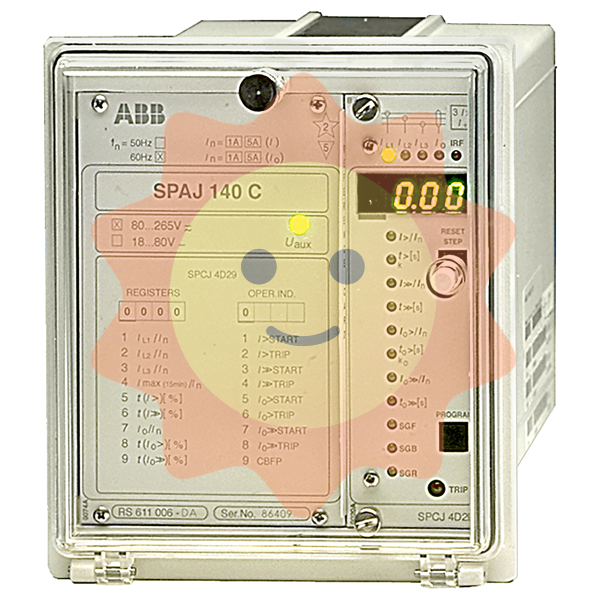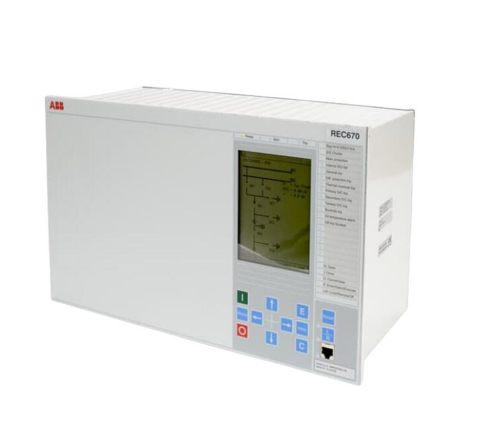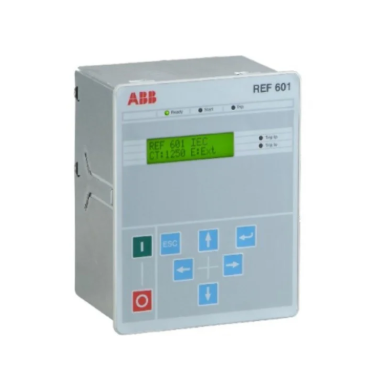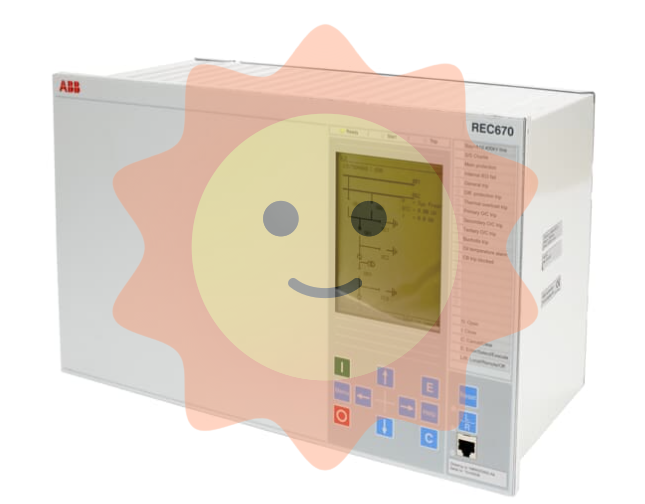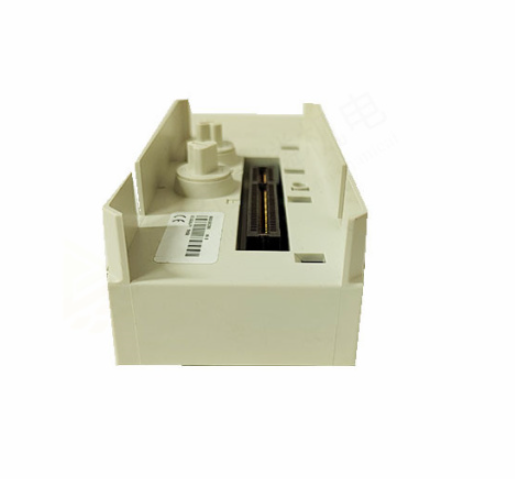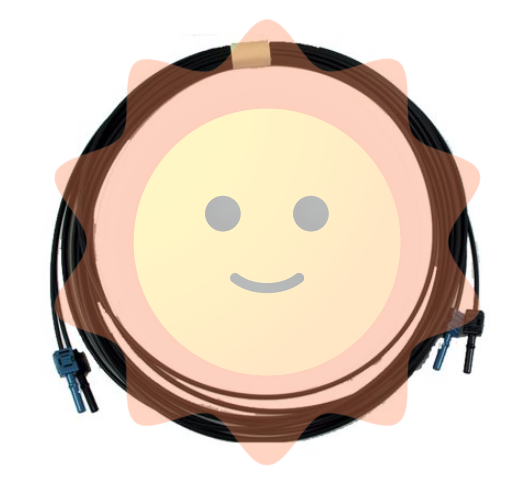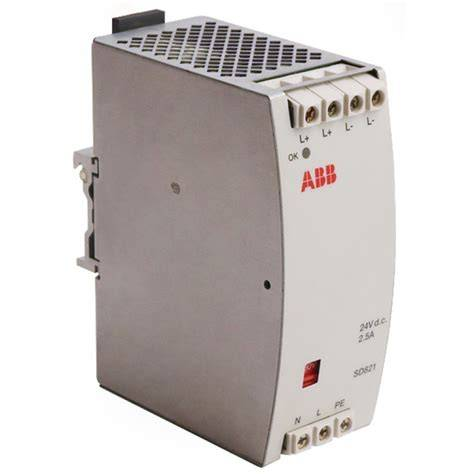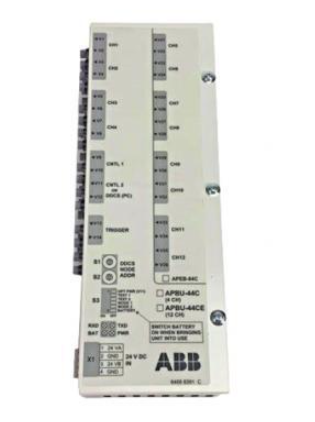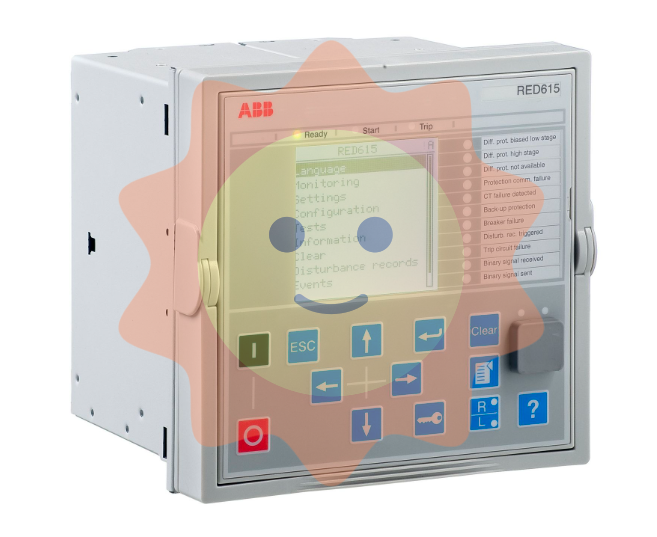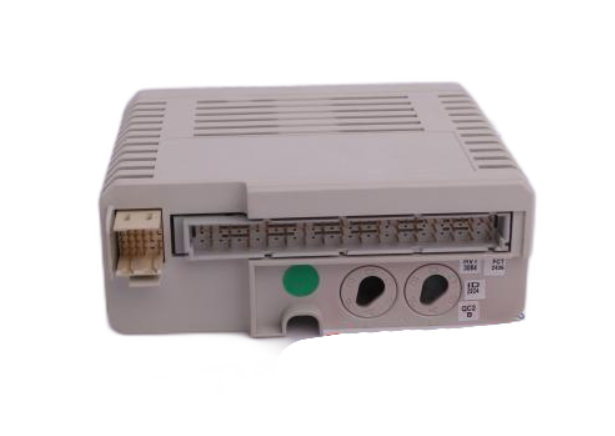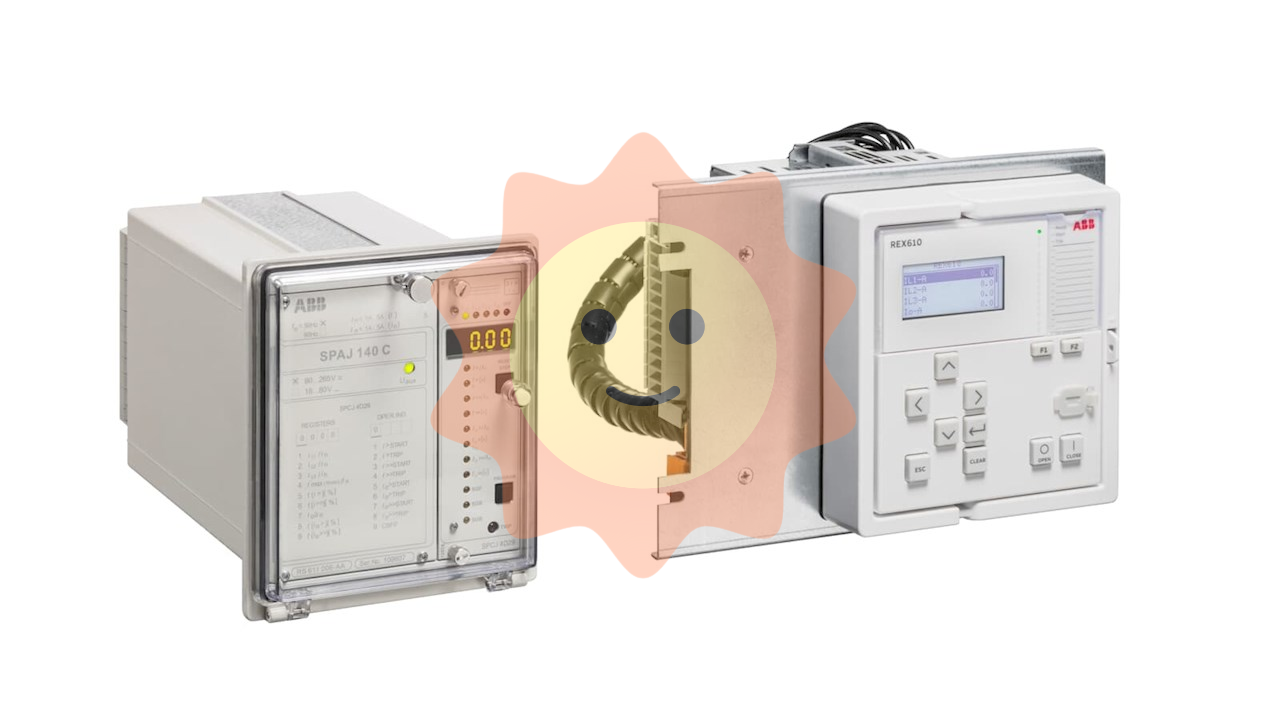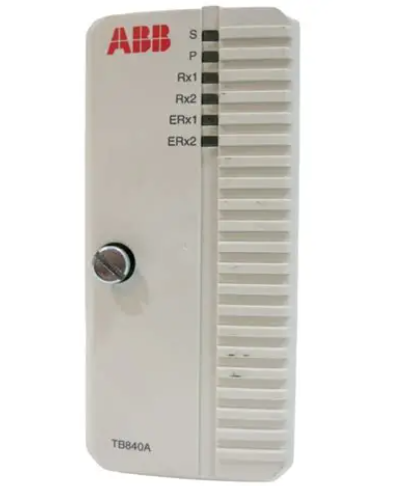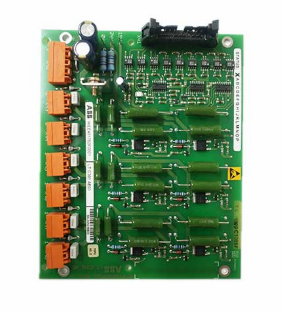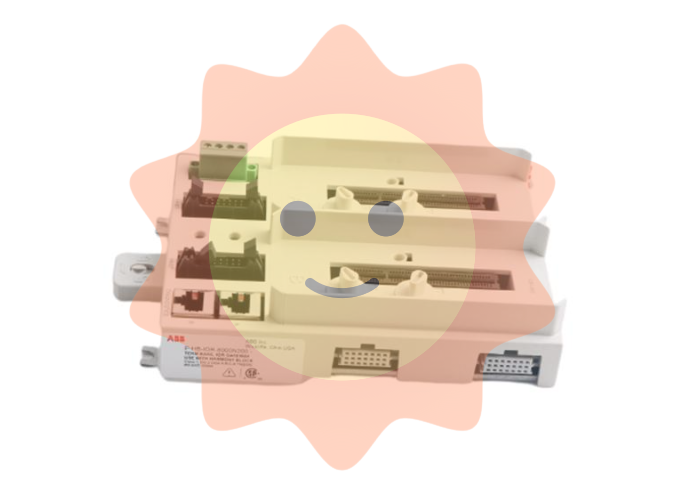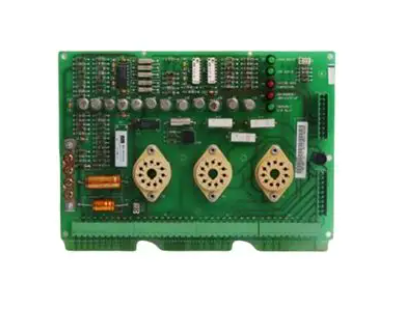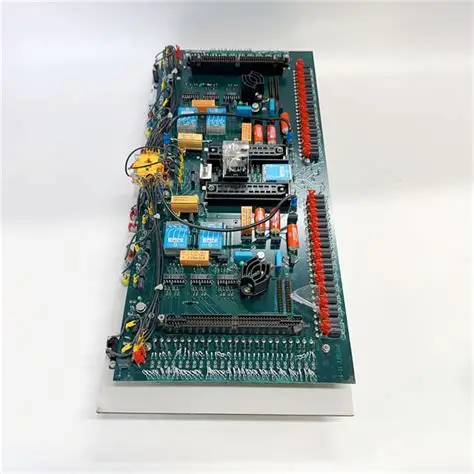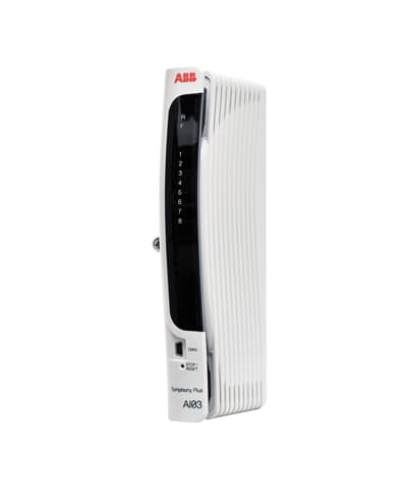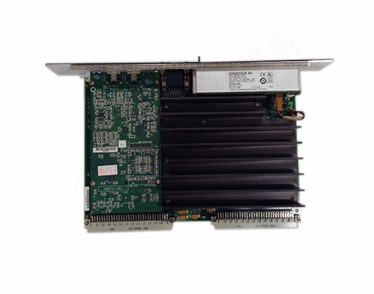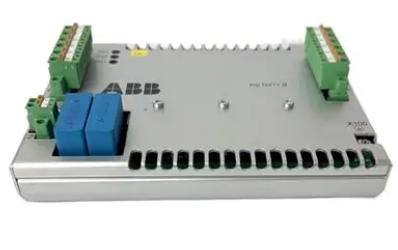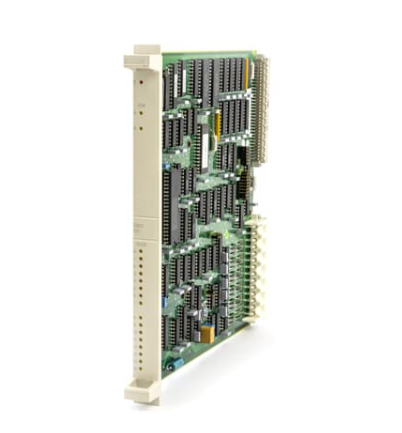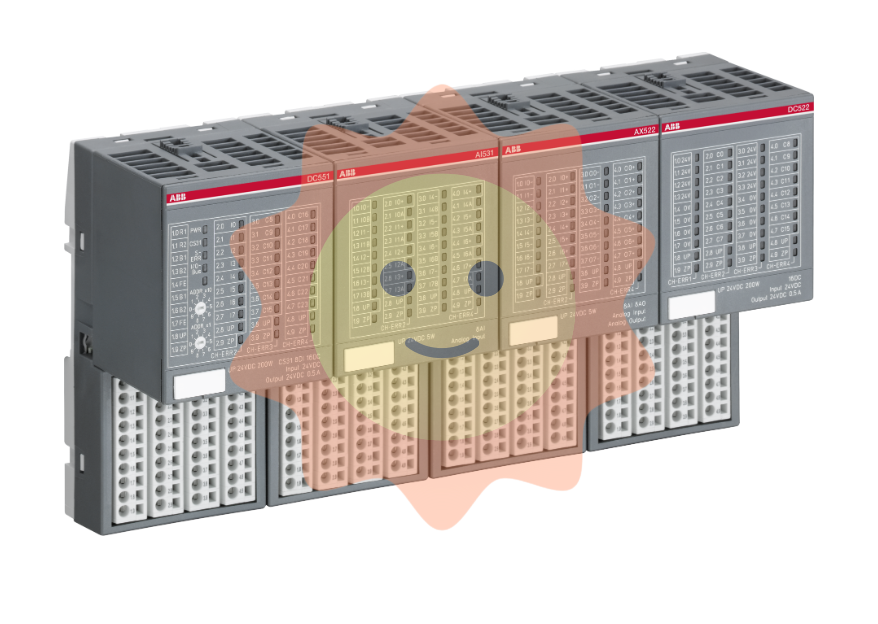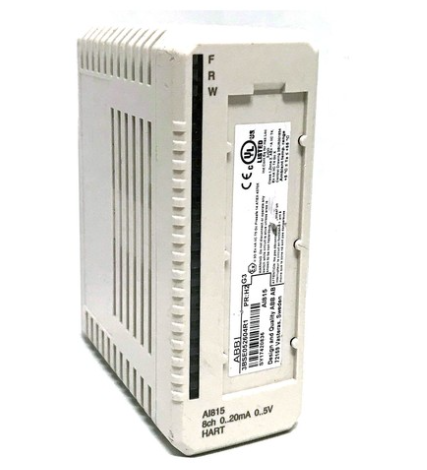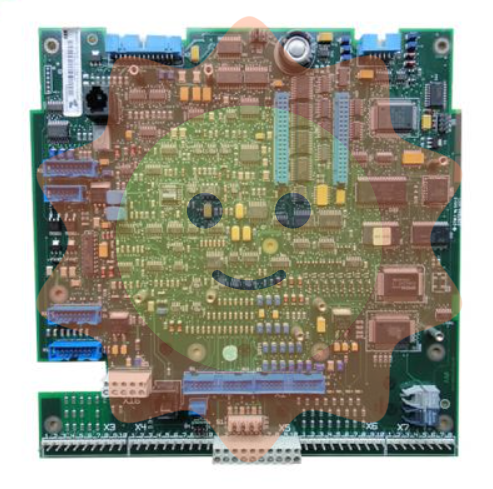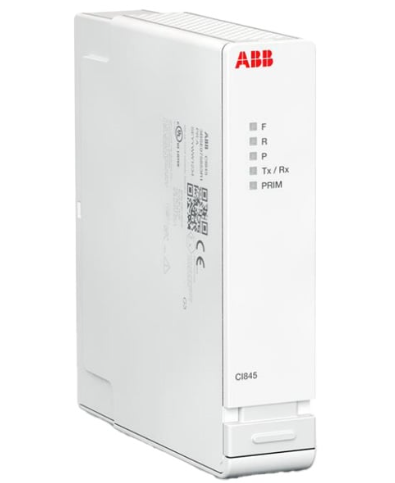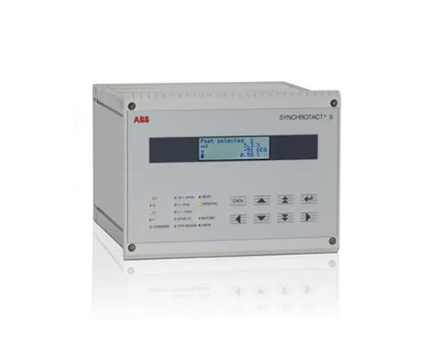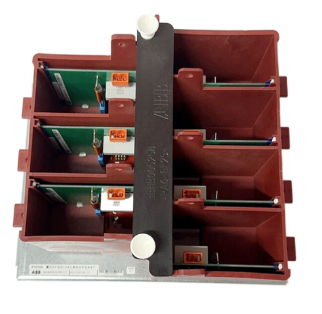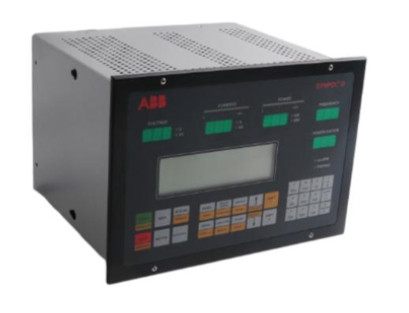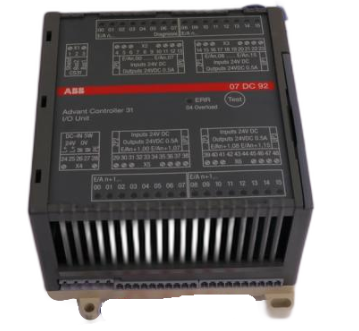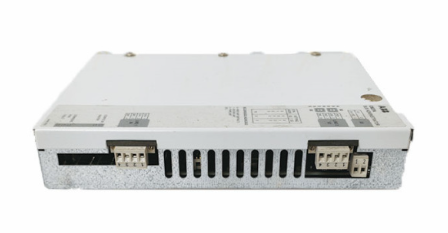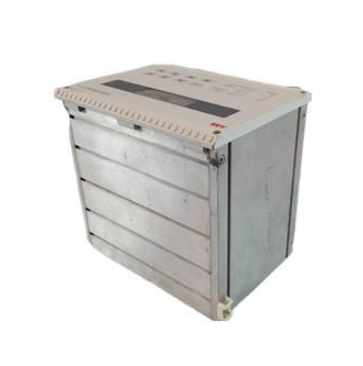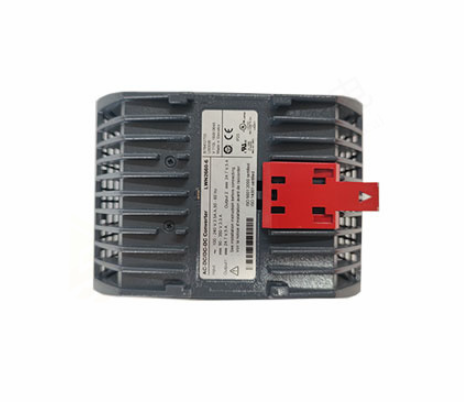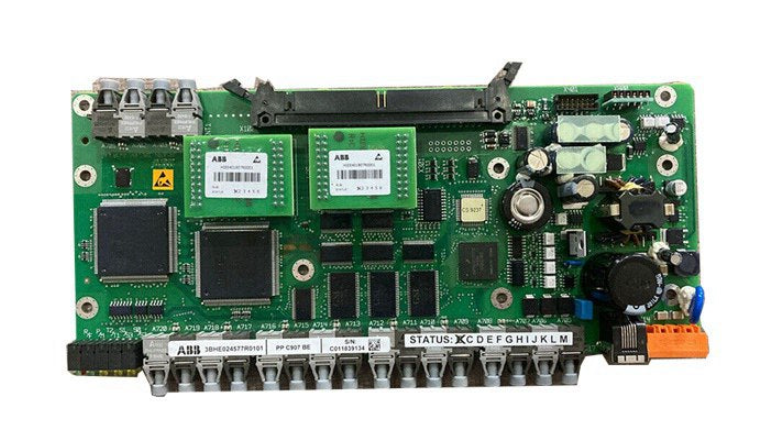The most complete wastewater treatment process in history and its advantages and disadvantages
1. Sewage treatment level and process
1. Sewage treatment level
Sewage treatment levels include primary treatment (including primary intensive treatment), secondary treatment (including secondary intensive treatment) and advanced treatment.
2. Composition of sewage treatment process
Including: physical treatment section, biochemical treatment section.
Second, the principle of sewage treatment process selection
1. Main technical and economic indicators of process selection
① investment per unit of water treatment;
② Reduce investment per unit of pollution;
③ Power consumption and cost per unit of water treatment;
④ reduce power consumption and cost per unit of pollutant;
⑤ floor area;
⑥ Reliability of operation performance;
⑦ Management and maintenance difficulty;
⑧ Overall environmental benefits, etc.

2. The municipal sewage treatment process shall be optimized and determined after comprehensive technical and economic comparison according to the treatment scale, water quality characteristics, environmental functions of receiving water bodies and local actual conditions and requirements.
3. The influent water quality of sewage should be determined realistically, the process design parameters should be optimized, the current water quality characteristics of sewage and the composition of pollutants must be investigated or determined in detail, and a reasonable analysis and prediction should be made. When the water quality composition is complex or special, the dynamic test of sewage treatment process should be carried out, and pilot study should be carried out if necessary.
4. Adopt new processes actively and prudently. For the new processes first applied in China, pilot and production tests must be conducted to provide reliable design parameters before application.
5. When the same sewage plant is constructed in stages, the same process should be used in each stage as far as possible, and the construction scale of each stage should be as same as possible.
Third, sewage treatment methods
Modern sewage treatment methods are mainly divided into four categories: physical treatment, chemical treatment, physical chemical treatment and biological treatment.

1. Physical treatment
The physical treatment method is to separate and recover the insoluble and suspended pollutants (including oil film and oil beads) in sewage through physical action, without changing their chemical properties during treatment. Commonly used are filtration, precipitation, flotation and so on.
(1) Filtration method
The use of filter media to intercept suspended solids in sewage. Filter media have screen, gauze, particles, commonly used filtration equipment such as grille, screen, microfilter and so on.
Grille and screen. In the drainage project, the waste water flow through the sewer to the water treatment plant, should first pass through a group of metal vertically parallel frame (grid), perforated plate or filter (screen) in the channel, so that the floating matter or suspended matter can not pass and is blocked in the grid, fine screen or filter material.
The grille plate. This step is the pretreatment of wastewater and its purpose is to recover useful substances; Initial flushing of wastewater to facilitate subsequent treatment and reduce the load on settling tanks or other treatment equipment; Protect pumping machinery from failure due to particulate matter blockage.
Protect the pump and other treatment equipment, the effect of the grid interception mainly depends on the sewage quality and the size of the grid gap. There are two kinds of slag cleaning methods: manual and mechanical. Grid slag should be cleaned and treated in time.
The screen is mainly used to intercept fine suspended debris with a particle size of a few millimeters to tens of millimeters, such as fibers, pulp, algae, etc., usually woven with metal wire, chemical fiber, or perforated steel plate, the aperture is generally less than 5mm, the minimum can be 0.2mm.

The screen filter device has rotary drum type, rotary type, rotary disk type, fixed vibration inclined screen and so on. No matter what kind of structure, it should not only be able to trap dirt, but also easy to discharge and clean the screen surface.
Granular media filtration (also known as red, filter, surprise material filtration) : When the wastewater passes through the granular filter material (such as quartz sand) bed, the fine suspended matter and limbs are trapped in the surface of the filter material and the internal gap.
Commonly used filter media are quartz sand, anthracite and garnet. In the filtration process, the filter material also acts on physical retention, sedimentation and adsorption of suspended matter. The effect of filtration depends on the size of the pore size of the filter material, the thickness of the filter material layer, the filtration speed and the nature of the sewage.
When the waste water flows through the granular filter layer from top to bottom, the suspended particles with larger diameter are first trapped in the gap of the surface filter material, so that the gap of the filter material of this layer is smaller and smaller, and gradually form a filter membrane mainly composed of the trapped group particles, and it plays the main filtration role. This action belongs to the resistance trapping or screening action.
When the wastewater passes through the filter material layer, the numerous filter material surfaces provide a huge effective area for suspended solids to settle, forming countless small "sedimentation ponds", where suspended solids can easily settle down. This effect belongs to gravitational sedimentation.
Because the filter material has a huge surface area, there is an obvious physical adsorption between it and the suspended matter. In addition, the sand often has a negative surface charge in water, which can adsorb positively charged iron, aluminum and other limbs, thus forming a positively charged film on the surface of the filter material, and then adsorb negatively charged colloids such as colloids and a variety of organic matter, and contact flocculation occurs on the sand.

(2) precipitation method
Sedimentation method is to use the principle that the relative density of suspended matter in sewage and water is different, and the suspended matter is separated from the water by gravity sedimentation. According to the concentration of suspended particles in the water and the flocculation characteristics (that is, the ability to bond to each other) can be divided into four types:
Separation settlement (or free settlement) : In the precipitation process, the particles do not polymerize with each other and settle separately. The position of the star is only affected by its own gravity in the water and the resistance of the water flow, and its shape, size and mass do not change, and the descent speed does not change.
Coagulation sedimentation (or called flocculation sedimentation) : coagulation sedimentation refers to the condensation of colloids and fine suspended matter in wastewater into separable flocculants under the action of coagulants, and then gravity sedimentation is used to separate and remove. The characteristic of coagulation precipitation is that in the precipitation process, the particles contact and collide and aggregate with each other to form a larger floc, so the size and mass of the particles will increase with the increase of the depth, and the settling speed will also increase with the depth.
The commonly used inorganic coagulants are aluminum sulfate, ferrous sulfate, ferric chloride and polyaluminum; The commonly used organic flocculants are polypropylene cool glue, etc., and coagulants such as water glass and lime can also be used.
Regional settlement (also known as crowded settlement, stratified settlement) : when the content of suspended matter in the wastewater is high, the distance between the particles is small, which can make it set into a whole, and sink together, and the position of the particles between each other does not change, so there is a clear interface between the clarified water and the mixed water, and gradually move downward, such settlement is called regional settlement. Sedimentation in sedimentation tanks with high turbidity water and secondary sedimentation tanks (in the middle and later stages of sedimentation) are mostly of this kind.

Compression precipitation: When the concentration of suspended solids in the suspension is very high, the particles contact and squeeze each other, and the water in the gap between the lower particles is squeezed out under the gravity of the upper particles, and the particle population is compressed. Compression precipitation occurs in the sludge hopper or sludge thickening tank at the bottom of the sedimentation tank and proceeds very slowly. According to the different properties of the suspended substances in the water, there are two kinds of equipment: settling tank and settling tank.The sedimentation tank is used to remove the relatively dense particles such as sand and cinder in the water. The sedimentation tank is generally located in front of the sewage treatment device to prevent other mechanical equipment for treating sewage from being worn out.
The sedimentation tank uses gravity to separate the suspended impurities from the water. It can separate particles with a diameter of 20 to 100 μm or more. According to the direction of water flow in the sedimentation tank, it can be divided into three kinds: horizontal flow, radial flow and vertical flow.
Horizontal sedimentation tank: The wastewater flows from one end of the pool, flows in the pool in the horizontal direction, the suspended matter in the water gradually sinks to the bottom of the pool, and the clarified water overflows from the other end.
Radial sedimentation tank: The pool is mostly round, with a large diameter, generally more than 20 ~ 30m, suitable for large water treatment plants. After entering the central cylinder through the inlet pipe, the raw water flows radially to the periphery of the sedimentation tank through the hole on the wall of the cylinder and the annular perforated baffle. As the cross section continues to increase, the flow rate gradually becomes smaller, the particles settle down, and the clarified water overflows from its surroundings into the collection tank.
Vertical sedimentation tank: the cross-section is mostly round, but also square and polygonal. Water flows into the pool from the lower mouth of the central pipe, distributes around the entire horizontal section through the barrier of the reflection plate, and slowly flows upward. The particles whose settling speed exceeds the rising velocity are sunk into the sludge hopper, and the clarified water spills out of the pond through the surrounding buried orifice.

In sewage treatment and utilization methods, precipitation (or floating) method is often used as a pre-treatment before other treatment methods. If the biological treatment method is used to treat sewage, it is generally necessary to remove most of the suspended substances through the pre-sedimentation tank in advance to reduce the load during biochemical treatment, and the effluent after biological treatment must still be treated by the secondary sedimentation tank for sludge water separation to ensure the quality of the effluent.
(3) Flotation method
The air into the sewage, and in the form of a small bubble from the water to become a carrier, the relative density of the sewage is close to the water of the small particles of pollution (such as emulsified oil, etc.) attached to the bubble, and with the bubble rise to the surface, and then with a mechanical method of skimming, so that the pollution in the sewage can be separated from the sewage.
Hydrophobic substances float easily, while hydrophilic substances do not float easily. Therefore, sometimes in order to improve the efficiency of air flotation, it is necessary to add flotation agents to the sewage to change the surface characteristics of the pollutants, so that some hydrophilic substances are transformed into hydrophobic substances, and then air flotation is removed, this method is called "flotation".
Air flotation requires high dispersion of bubbles and a large amount, which is conducive to improving the effect of air flotation. The stability of the foam layer should be appropriate, which is convenient for the scum to stabilize on the water surface and does not affect the transportation and dehydration of the scum. There are two ways to create bubbles:
Mechanical method: The air is generated by microporous tubes, microporous plates, turntables with holes, etc.
Pressure dissolved gas method: the air is dissolved in water at a certain pressure, and reaches a saturated state, and then suddenly decompresses, and the supersaturated air escapes from the water in the form of tiny bubbles. At present, the air flotation technology of wastewater treatment mostly adopts pressure dissolved gas method.

The main advantages of the gas flotation method are: the operation capacity of the equipment is better than that of the sedimentation tank, and the solid-liquid separation can be completed in only 15 to 20 minutes, so it occupies less land and has higher efficiency; The sludge produced by the air float method is dry, not easy to decompose, and the surface is scraped, and the operation is convenient. The whole work is to circulate air into the water, increase the submerged oxygen in the water, and have obvious effects on removing organic matter, algal surfactants and odors in the water, and the effluent quality provides favorable conditions for subsequent treatment and utilization.
The main disadvantages of gas flotation are: large power consumption; The workload of equipment maintenance and management increases, and the operation part is often clogged. The scum is exposed to the surface of the water and is susceptible to climatic factors such as wind and rain.
In addition to the above two air flotation methods, the more commonly used methods are electrolysis gas flotation.
(4) Centrifugation
When sewage containing suspended pollutants is rotating at high speed, the centrifugal force of suspended particles (such as emulsified oil) and sewage is different, so as to achieve the purpose of separation. Commonly used centrifugal equipment are cyclone separator and centrifugal separator.

2. Chemical treatment
Chemical reagents are added to sewage, and chemical reactions are used to separate, recover, or convert polluted substances into harmless substances in sewage. This method can not only separate pollutants from water, recover some useful substances, but also change the nature of pollutants, such as reducing the pH of wastewater, removing metal ions, oxidizing some toxic and harmful substances, so it can achieve a higher degree of purification than the physical method. The commonly used chemical methods are chemical precipitation, neutralization, REDOX and coagulation.
The limitations of chemical treatment are as follows:
Because chemical treatment wastewater often uses chemical agents (or materials), the treatment cost is generally higher, and the operation and management requirements are also stricter.
Chemical methods also need to be used in conjunction with physical methods. Before chemical treatment, precipitation and filtration are often used as pre-treatment; In some cases, it is necessary to use physical means such as precipitation and filtration as a post-treatment of chemical treatment.
(1) chemical precipitation method
Chemical precipitation method is to add some chemical agents to the waste water, so that it can react with dissolved pollutants in the waste water, and form salts (sediments) that are difficult to be found in water to precipitate out of the water, thereby reducing or removing pollutants in the water. Chemical precipitation method is mostly used in water treatment to remove calcium ions, mirror ions and heavy metal ions in wastewater, such as lili, pot, lead, pot and so on. According to the different precipitating agents used, the precipitation method can be divided into lime method (also known as hydroxide precipitation method), sulfide method and silver salt method.

The sum of Ca2+ and Mg2+ in water is called the total hardness, which can be divided into carbonate hardness and non-carbonate hardness. The carbonate hardness can be reduced by adding lime to precipitate CaC03 and Mg(OH)2 from Ca2+ and Mg2+ in water. If the carbonate hardness needs to be removed at the same time, the lime soda softening method can be used to precipitate llMg(OH)2 from CaC03 formed by Ca2+ and Mg2+. Therefore, when the hardness or alkalinity of raw water is high, chemical precipitation can be used as the pre-treatment of ion exchange softening to save the operating cost of ion exchange.
When removing heavy metal ions in wastewater, the method of adding carbonate is generally adopted. The metal ions generated have a small solubility product of carbonate, which is easy to recover. Such as the use of carbonated acid to treat wastewater containing pounds.
ZnS04 + Na 2C03 1 →ZnC03 ↓+ NazS04
The advantages of this method are simple and economical, wide sources of chemicals, so it is the most widely used in the treatment of heavy metal wastewater. The existing problems are poor labor and health conditions, easy to scale and corrosion of pipelines; Sedimentation volume is large and dehydration is difficult.
(2) Neutralization method
Neutralization treatment is a treatment method that uses the chemical principle of acid-base interaction to generate salt and water, and adjusts the wastewater from acidic or alkaline to near neutral. For the concentration of acid or base is greater than 3% of the wastewater, the acid and base should first be recovered. For low concentration acid and alkali wastewater, neutralization method can be adopted for treatment.
Acid sewage treatment, usually by adding lime, caustic pot, carbonated pot or limestone, marble as cleaning, material to neutralize acid sewage. Alkaline sewage is usually treated by adding nitric acid, hydrochloric acid or using carbon dioxide gas to neutralize alkaline sewage. In addition, acid and alkaline sewage can also be treated by neutralizing each other.

(3) REDOX method
REDOX method is a method to transform toxic and harmful pollutants in sewage into non-toxic or micro-toxic substances through the REDOX reaction between chemical agents and pollutants in water. This method mainly deals with the pollution of inorganic pollutants such as heavy metals and oxides.
The harmful substances in wastewater can be oxidized and decomposed into primary harmful substances by using strong oxidants such as high-strength acid, liquid chlorine and ozone or anode reaction of electrodes. The harmful substances in wastewater can be reduced to harmless substances by using reducing agents such as iron powder or cathode reaction of electrodes. The wastewater was treated with ozonation for decolorization, sterilization and deodorization. Treatment of sulfur-containing wastewater by air oxidation; The treatment of wastewater containing jin electroplating by reduction method is an example of wastewater treatment by REDOX method.
Water treatment commonly used oxidants such as oxygen, ozone, chlorine, hypochlorous acid, etc. Commonly used reducing agents are ferrous sulfate, sulfite, iron filings, casting powder and so on.
(4) coagulation method
The coagulation method is to add electrolyte to the wastewater containing fine particles and colloidal particles which are not easy to settle in order to destroy the stability of the limbs and make them settle. Commonly used coagulants are aluminum sulfate, ferrous sulfate, ferric chloride, polyethylene substock or polypropylene cool glue. In order to accelerate coagulation, it is often accompanied by adding coagulant lime, active silica gel, bone glue, etc.
3. Physicochemical treatment
Physicochemical method (referred to as physicochemical method), is the use of extraction, adsorption, ion exchange, membrane separation technology, gas extraction and other physicochemical principles, treatment or recovery of industrial wastewater methods.
- EMERSON
- Honeywell
- CTI
- Rolls-Royce
- General Electric
- Woodward
- Yaskawa
- xYCOM
- Motorola
- Siemens
- Rockwell
- ABB
- B&R
- HIMA
- Construction site
- electricity
- Automobile market
- PLC
- DCS
- Motor drivers
- VSD
- Implications
- cement
- CO2
- CEM
- methane
- Artificial intelligence
- Titanic
- Solar energy
- Hydrogen fuel cell
- Hydrogen and fuel cells
- Hydrogen and oxygen fuel cells
- tyre
- Chemical fiber
- dynamo
- corpuscle
- Pulp and paper
- printing
- fossil
- FANUC
- Food and beverage
- Life science
- Sewage treatment
- Personal care
- electricity
- boats
- infrastructure
- Automobile industry
- metallurgy
- Nuclear power generation
- Geothermal power generation
- Water and wastewater
- Infrastructure construction
- Mine hazard
- steel
- papermaking
- Natural gas industry
- Infrastructure construction
- Power and energy
- Rubber and plastic
- Renewable energy
- pharmacy
- mining
- Plastic industry
- Schneider
- Kongsberg
- NI
- Wind energy
- International petroleum
- International new energy network
- gas
- WATLOW
- ProSoft
- SEW
- wind
- ADVANCED
- Reliance
- YOKOGAWA
- TRICONEX
- FOXBORO
- METSO
- MAN
- Advantest
- ADVANCED
- ALSTOM
- Control Wave
- AB
- AMAT
- STUDER
- KONGSBERG
- MOTOROLA
- DANAHER MOTION
- Bently
- Galil
- EATON
- MOLEX
- Triconex
- DEIF
- B&W
- ZYGO
- Aerotech
- DANFOSS
- KOLLMORGEN
- Beijer
- Endress+Hauser
- MOOG
- KB
- Moxa
- Rexroth


Email:wang@kongjiangauto.com

